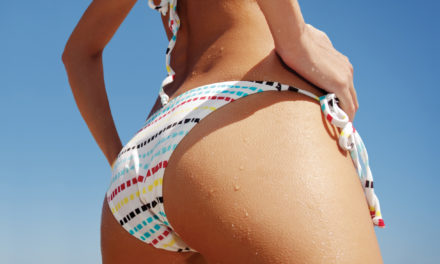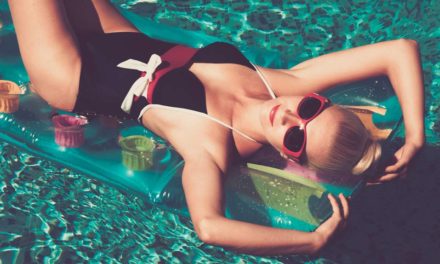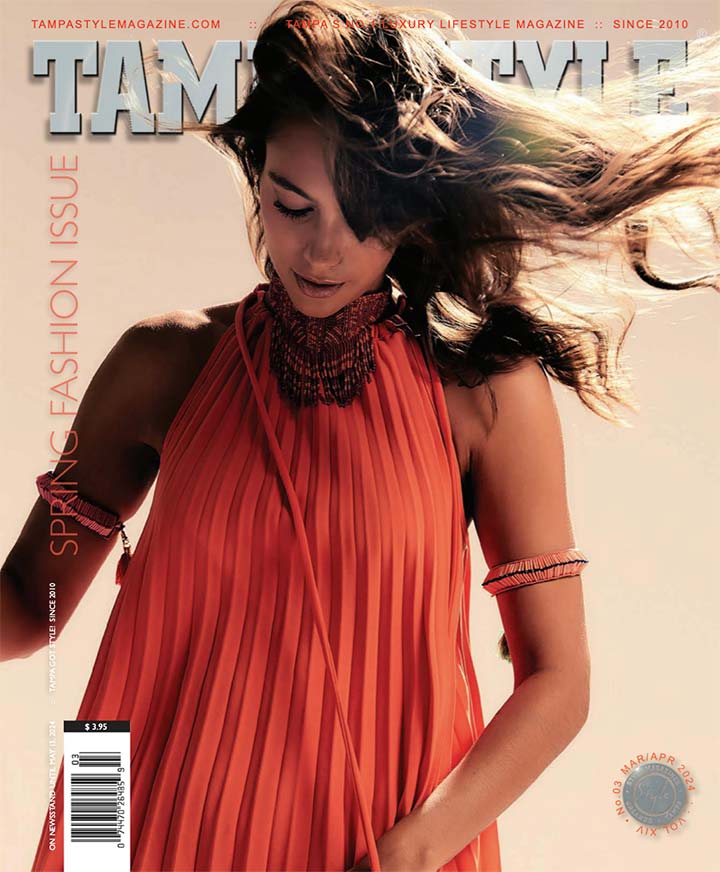When you dress for success in freezing temperatures, it’s never too cold to exercise outside!
What is it about winter that makes us lose all our resolve and commitment to exercising? Easy answer—those horribly cold temperatures! Let’s not kid ourselves ladies. We’d all rather cozy up to a fireplace with a cuddle partner and roast some s’mores then go for a jog in near freezing weather. Fortunately my easy question also has an easy solution. Don’t wait till New Year’s to realize you’ve fallen off your exercise wagon. Follow Shesique’s winter workout dress code checklist and you’ll never again have to ask if it’s too cold to exercise outside.
First layer
Piling on too many thick layers is where most of us go wrong. Over your sports bra you should be wearing a dri fit shirt. As moisture evaporates from your skin it pulls your body heat away with it so the key is to dress so that you’re insulated but not dripping in sweat.
A synthetic fabric is best for this base layer as it is more breathable and comfortable then other material such as cotton. For minimal exercise such as light walking, consider donning a simple turtleneck over your dri fit shirt. For more intense activities in colder temperatures, read on!
Second Layer
Our friends in Florida have probably stopped reading by now, but for those of us who have to deal with near freezing temperatures, this is for you! Consider pairing your base layer with a fleece or wool top for added warmth when cold temperatures start to kick in.
Fleece material is known for its insulation and as an added bonus, you’ll have complete control over how much warmth you receive. Choose the thickness of the second layer depending on the temperatures outside and the intensity of your workout.
Third Layer
For our friends up North, I almost want to apologize that this section is relevant to you! When the temperature dips below freezing (I’m cringing just writing that), top off layers one and two with a light jacket. I’ve found that the best wind resistant material for your outer layer is Nylon. It also allows your skin to breath while maintaining the insulation and warmth provided by the first two layers.
Fourth Layer
If the temperatures are below zero, it’s time to bring in the heavy artillery (and possibly time to move). The fourth layer should be a thin, loosely fitted insulating tee that is worn between the second and third layers.
The skin on your face and hands is very sensitive to these temperatures so don’t forget to show those areas some love too! Shield your face with a ski mask and consider mittens to protect your skin from the freezing wind. A warm hat will also prove to be your best friend in times such as these.
Bonus Tip
Be careful! Too many layers pose the threat of overheating and exhaustion. If you’re feeling warm and toasty when you step outside, you’re doing it wrong. You should feel cool, but comfortable when you start your workout. As your heart rate increases and you get moving, your body will naturally begin to warm up on its own.
Now go out and get your workout on!







